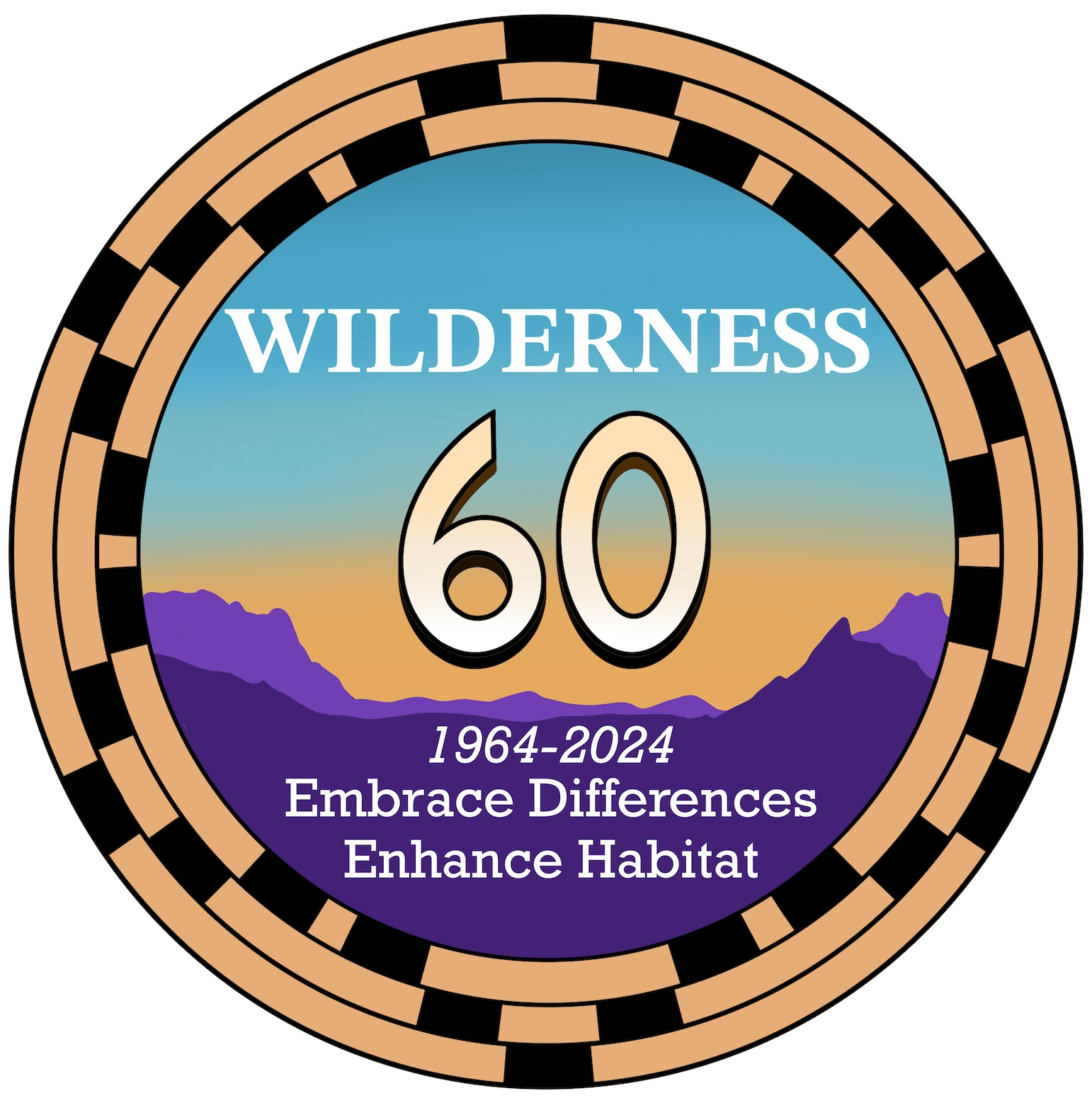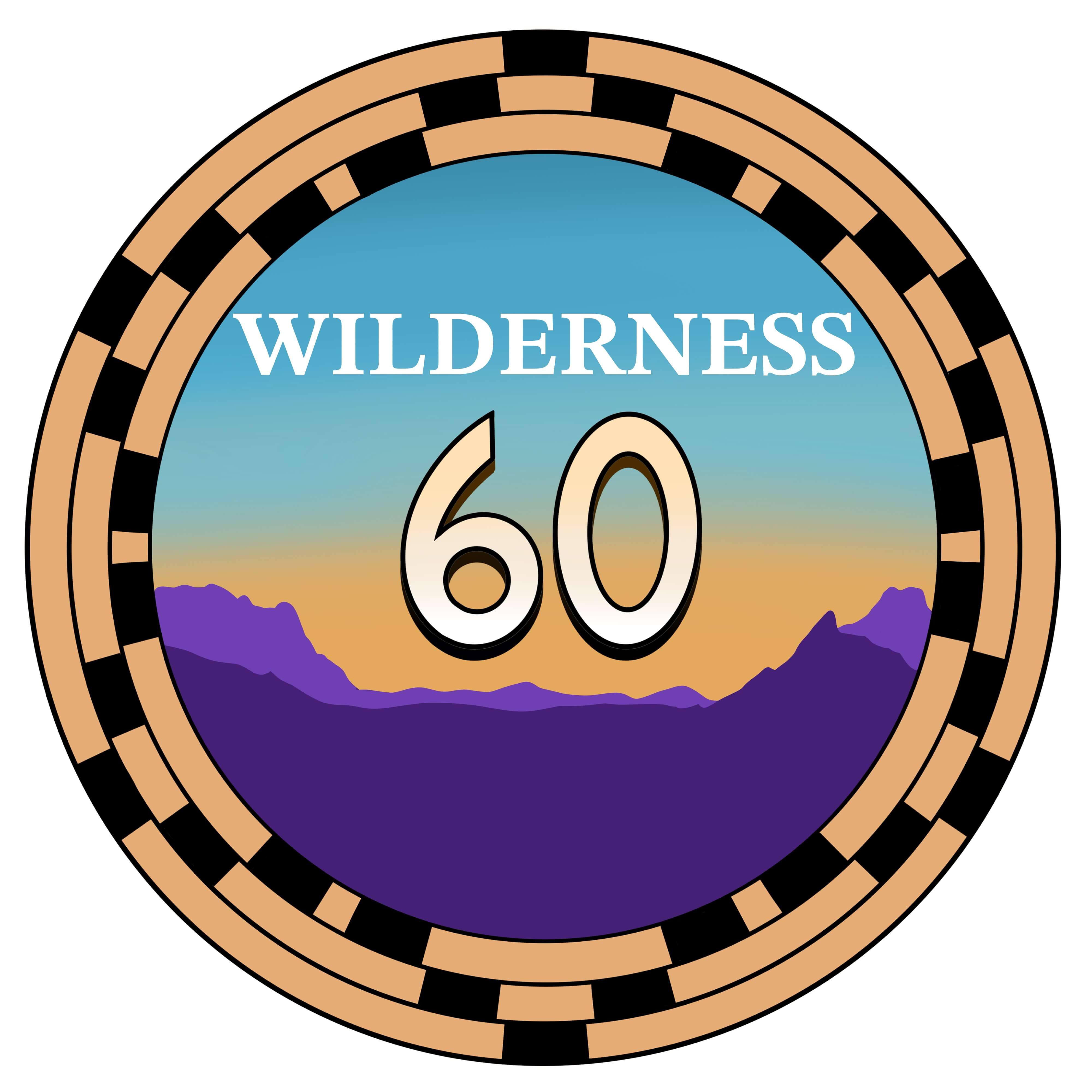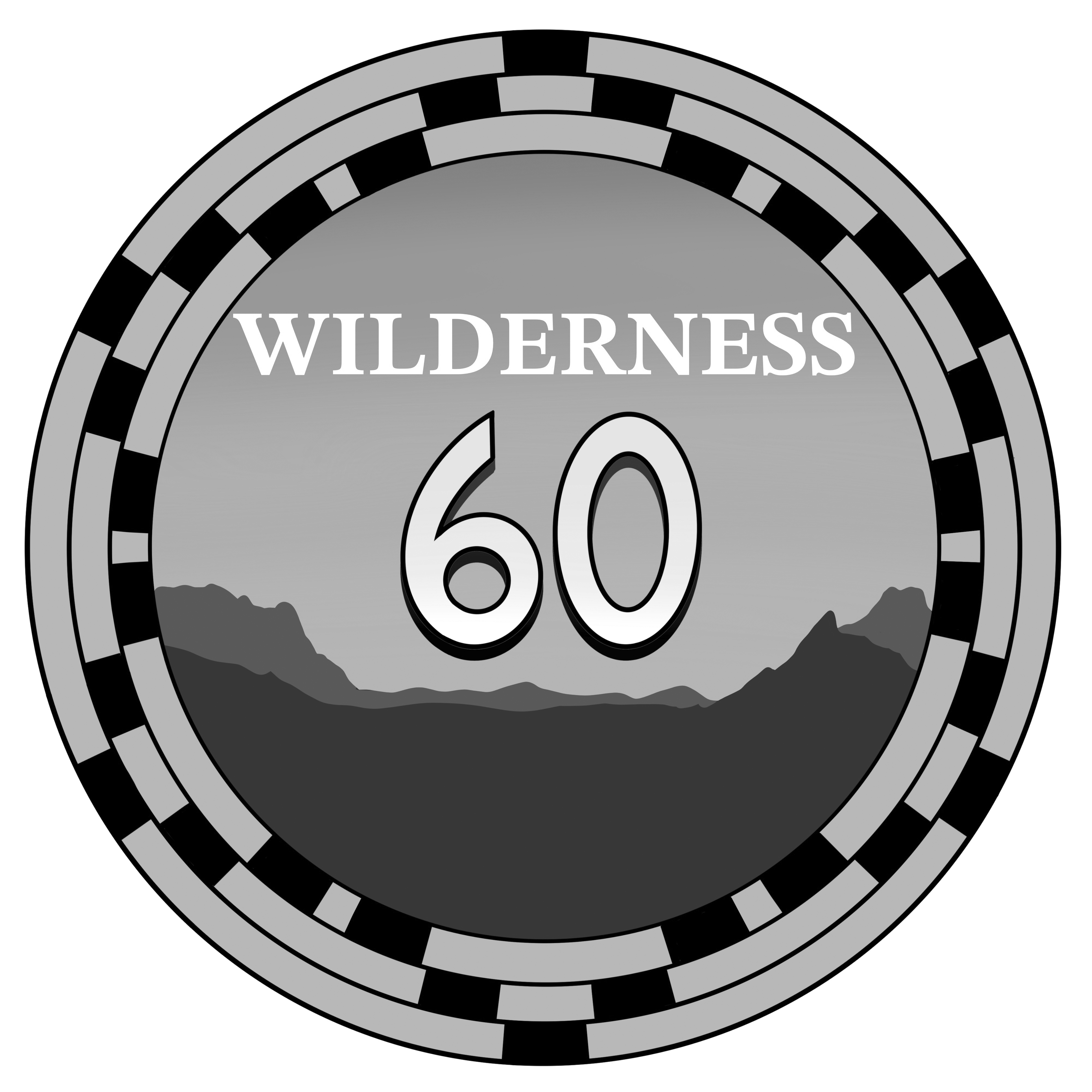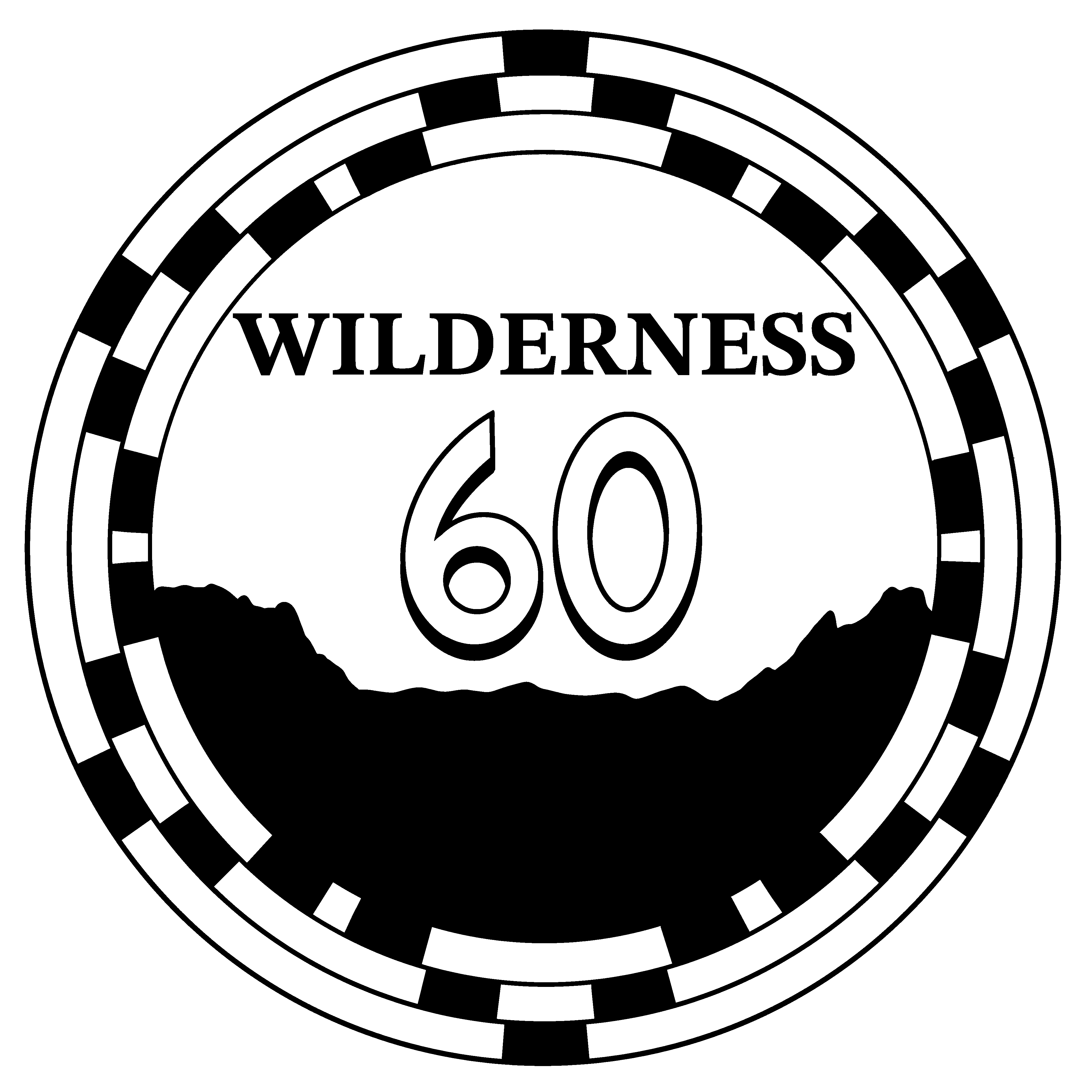This includes intangible qualities like developing a connection with nature, inspiration, relaxation, or a sense of adventure. Wilderness character also includes five tangible qualities associated with the biophysical environment:
Wilderness 60
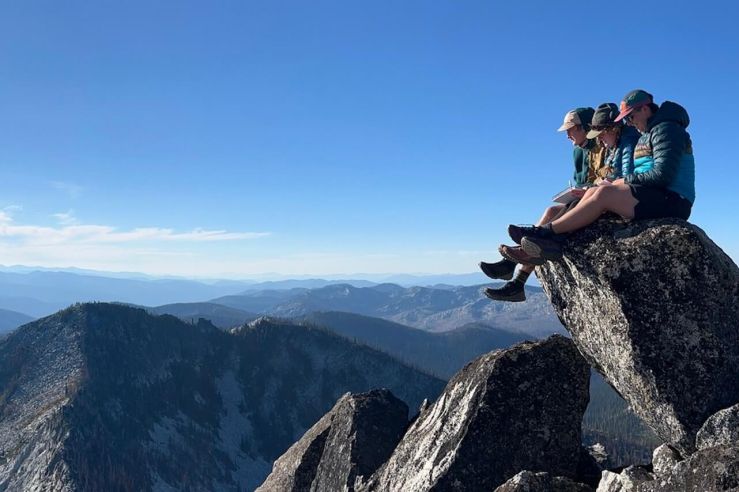
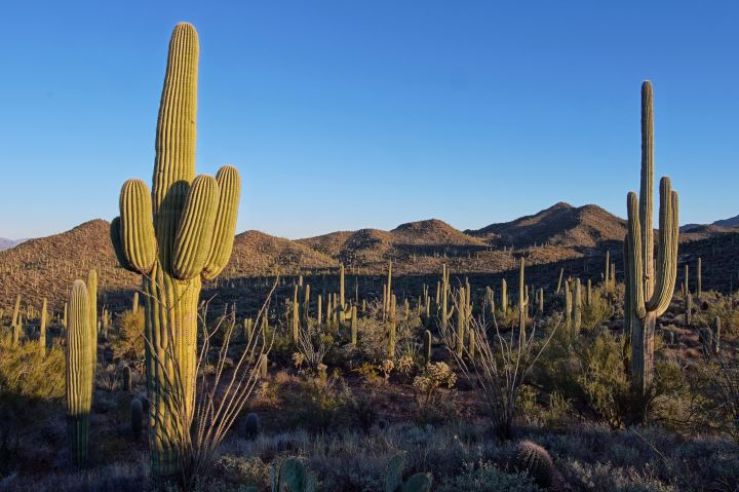
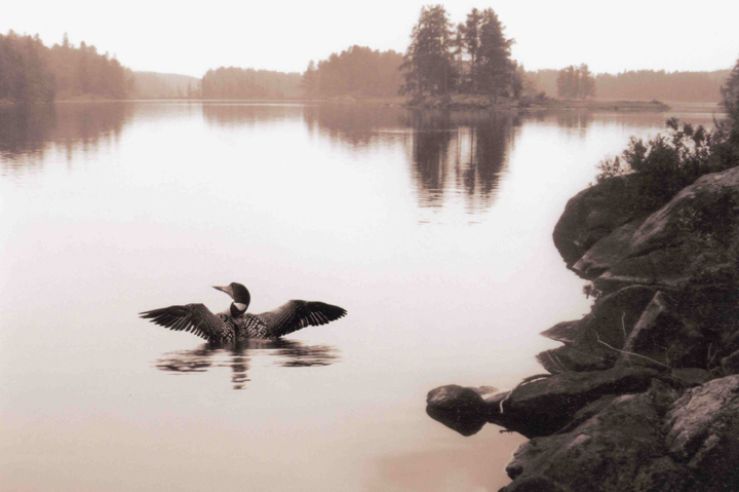
Sixty Years of Wilderness Preservation
In 2024, the United States is celebrating the 60th anniversary of the Wilderness Act. This pathbreaking legislation marked the first time that a nation had called upon the power of law to mandate a selection of places to be left undeveloped, where the processes of nature should dominate. When President Lyndon Johnson signed the Wilderness Act on September 3, 1964, this brought into being a National Wilderness Preservation System, 54 wilderness areas in 13 states— places that had already been administratively protected by the Forest Service. Now, sixty years later, this System has grown to 806 areas in 44 states and Puerto Rico. This anniversary is not only about the past sixty years, but the next sixty: how will we strengthen the preservation of wilderness from here?

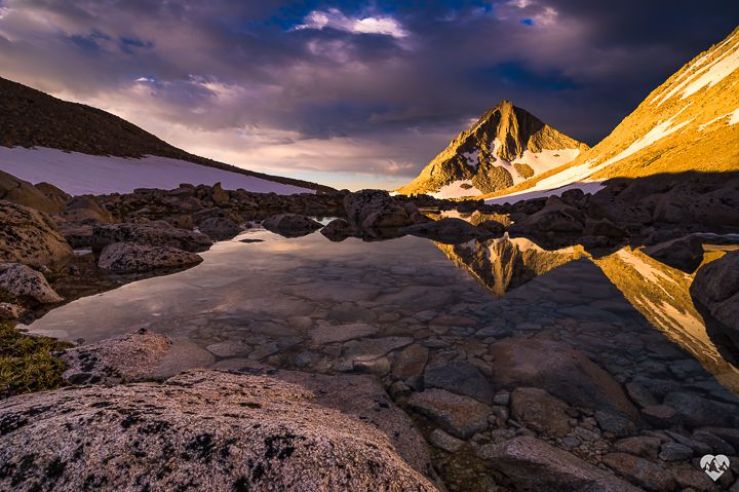
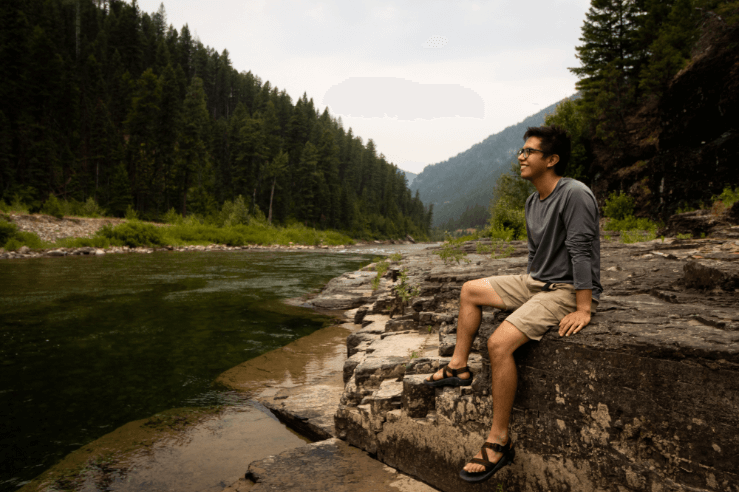
2024 - A Year To Celebrate
The sixtieth anniversary of the Wilderness Act is one of three significant wilderness-management milestones occurring in 2024.
- More than 20 other wilderness bills are also celebrating anniversaries (New Hampshire Wilderness Act of 1984, Washington State Wilderness Act of 1984, California Desert Protection Act of 1994, among many others).
- The Gila National Forest is celebrating the centennial of the first wilderness in America, administratively designated by the Forest Service in 1924.
- The World Wilderness Congress (WWC), which typically occurs every 4-5 years, will take place in 2024. The WWC is an international gathering of agencies, countries, partners, and communities hosted by a different country each time. Outcomes of this WWC will provide input into the IUCN World Conservation Congress to be held in 2025. The 2024 WWC (WILD12) will be hosted by the Sicangu Lakota Treaty Council in Rapid City, South Dakota.
Wilderness Connect created this page to serve as a gathering place for coordination and communication, and to help commemorate and celebrate some of these events.



What is Designated Wilderness?
Wilderness is an indispensable part of the American story. Native Americans, present on this land since time immemorial, hold Earth and its wild places sacred. Western explorers Merriweather Lewis and William Clark were inspired by the beauty of wilderness, and rugged beauty came to be synonymous with our uniquely American national character. But after just 200 years in existence, our country was transformed by the impacts of modern, large-scale human development. Especially as a network of highways and roads crisscrossed the United States after the Second World War, Americans realized that remaining wild roadless places were at risk of being lost—and a new vision for conservation of nature emerged.
In 1964, Americans formally acknowledged the immediate and lasting benefits of wild places to the human spirit and the fabric of our nation. In that year, Congress passed the Wilderness Act, which permanently protected some of the most natural and undisturbed places in the world. The Wilderness Act established America's National Wilderness Preservation System to "...secure for the American people of present and future generations the benefits of an enduring resource of wilderness."
The system has now expanded to include 806 federally-designated wilderness areas. These wilderness areas are managed by the Bureau of Land Management, US Fish and Wildlife Service, US Forest Service, and National Park Service, who are responsible for preserving the wilderness character of wilderness areas.
Wilderness character is a holistic concept based on the interaction of (1) biophysical environments primarily free from modern human manipulation and impact, (2) personal experiences in natural environments relatively free from the encumbrances and signs of modern society, and (3) symbolic meanings of humility, restraint, and interdependence that inspire human connection with nature.
- Untrammeled - essentially unhindered and free from the intentional actions of modern human control or manipulation.
- Undeveloped - essentially without permanent improvements or the sights and sounds of modern human occupation.
- Natural - ecological systems are substantially free from the effects of modern civilization.
- Outstanding opportunities for solitude or primitive and unconfined recreation.
- Other features of values are preserved, such as ecological, geological, or other features of scientific, educational, scenic, or historical value.
Learn more about designated wilderness by clicking this link.


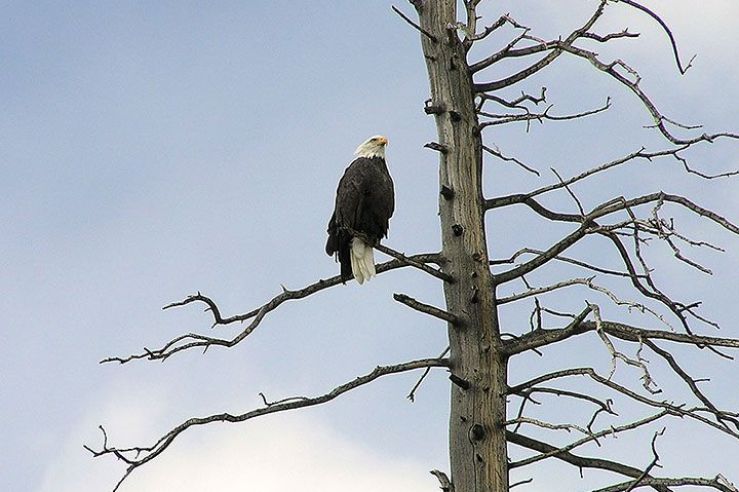
Wilderness and Society
Recognizing that humans evolved in and with nature over millennia or since time immemorial is fundamental to understanding the term wilderness in a public land context. Wilderness refers to wild, biologically intact places, but the term also implies the presence of a human relationship with nature. That relationship can take many forms. For example, many Indigenous Peoples and cultures may not even have a word that equates to wilderness because they do not view wilderness as something distinct from themselves: they are culturally and personally integrated with the lands and waters and have no experience of these being separate from their everyday lives or remote from their community. A wilderness area can also be a sacred landscape or a sacred natural site, visited by certain peoples or followers of a particular religion or spirituality. To an urban resident, a wilderness area may be a place for recreation, spiritual renewal, or both. Wilderness areas are also vital for the ecosystem services that are of value to humans and the environment through the four categories of services: support, provisioning, cultural and regulating. The human relationship with wild nature is an essential component of the term wilderness. Wilderness does not exclude people. On the contrary, wilderness implies a fundamental human relationship.
Source: IUCN Wilderness Protected Areas: Management Guidelines for IUCN Category 1b Protected Areas


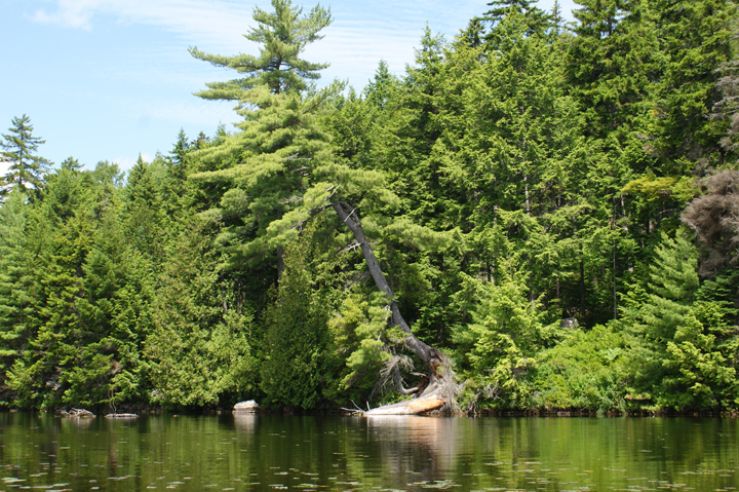
Wilderness as Homeland
The history of public lands includes much harm and dispossession to Indigenous peoples. Lands now managed as federal wilderness are the homelands of many Indigenous peoples. These lands were never free of humans, but rather retained their character through the stewardship of those that lived and continue to live on them. Modern wilderness stewardship, guided by a commitment to listening and collaboration, can learn from Indigenous stewards of these incredible places.
Here are some resources below as a starting point:
-
"Can We Make Wilderness More Welcoming?" A peer-reviewed article in the International Journal of Wilderness.



How To Celebrate
Have you started thinking about how your organization or agency is going to mark this milestone? Could a little advertisement help prepare visitors for an excursion to your area? Perhaps this offers an opportunity for you to highlight an accomplishment or challenge that is unique to your wilderness area. Maybe you are looking for a way to engage new volunteers or connect with youth in your community.
This year-long anniversary celebration offers unlimited opportunities to draw positive attention to the work your organization or agency needs or is doing. Need a little inspiration? Below are a few ideas that the USFS Chiefs Wilderness Advisory Group (WAG) put together that might resonate. If you are looking for something different, gather up your co-workers or friends for a brainstorming session to expand this list. We challenge you to take on at least one anniversary project that fits your program’s capacity!
- Create a special logo for your Wilderness area. Or use the official Wilderness 60 in your marketing (logo below.)
- Highlight wilderness facts for your Wilderness with a poster series and look for opportunities to share your message, perhaps at a local library, county fair, or school classroom.
- Facilitate a “60 for the 60th project” asking each wilderness visitor to spend 60 seconds picking up trash; soliciting 60 pieces of art from local school kids; listening to a 60 second video about wilderness values… you get to create the idea!
- Create a 2024 Wilderness Calendar with pictures from your Wilderness area of focus. This is a great gift to share with volunteers or to use as a keepsake award.
-
Organize a wilderness photo exhibit or photo contest for your community, calling for images from a wilderness area or areas in the vicinity.
- Reach out to local artists, printmakers, and quilting guilds and sponsor a “wilderness quilt block” challenge, asking for input from each quilter about what inspired their wilderness quilt square and create a quilt from the squares.
- Host a discussion, partnership project, or management meeting focused on Native American tribes or diversity, equity, inclusion, and accessibility in wilderness stewardship and visitation.
- Learn and share the history of your wilderness before it was designated. Offer links to Native American groups who tended and continue to care for the land in your wilderness. Work with your local Indigenous partners to learn their story.
- Design a Wilderness Travel guide with information specific to your area. This can be an especially useful resource to relay important information to help visitors prepare or to inspire ideas for visitation. (The Boundary Water’s Canoe Area Wilderness offers a professional, comprehensive example).
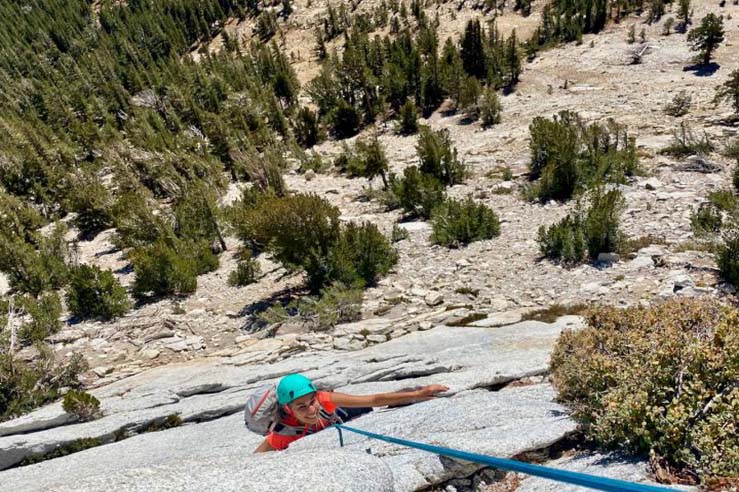
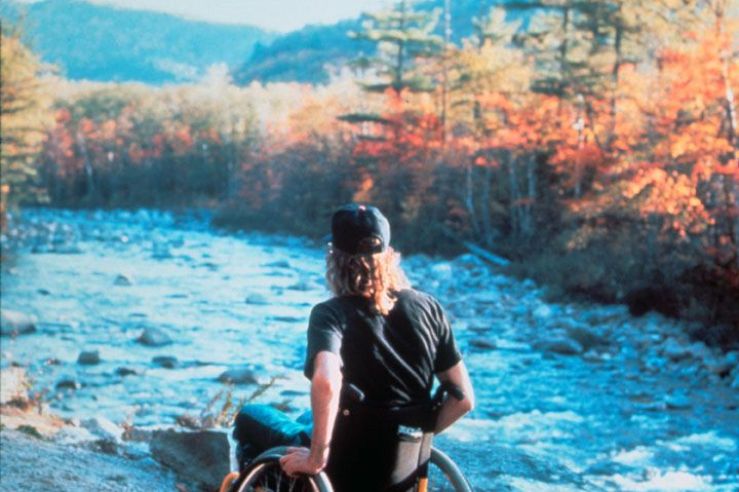
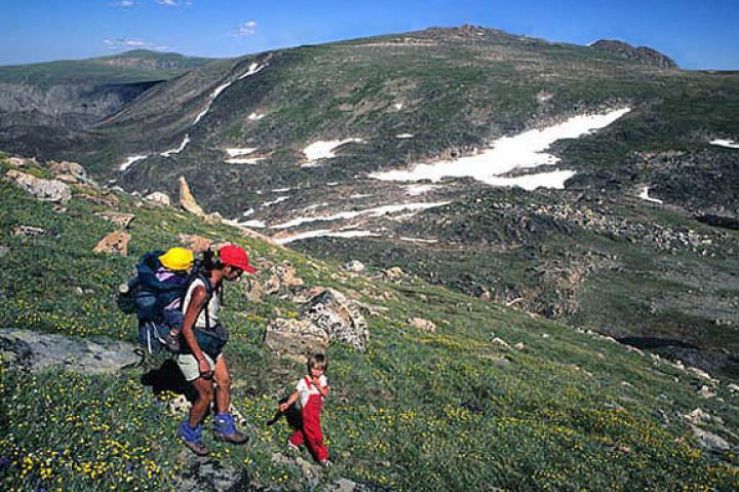
Outreach
Please include one of the official Wilderness 60 logos in your outreach and events related to the anniversary.
Indigenous artist Thomas “Breeze” Marcus designed the logos in collaboration with the Sierra Club. Breeze was born and raised in Phoenix, Arizona on the Salt River Pima- Maricopa Reservation, just east of Scottsdale. In an overarching sense, his designs are reminiscent of his Akimel and Tohono O’odham cultural heritage—these Native Southwestern tribes are historically known for creating beautifully coil-woven baskets that feature interlocking geometric designs. Breeze blends historic traditions with updated, contemporary materials in order to create modern and “street-wise” aesthetics. Through his artwork, Breeze is able to clearly speak to the youth in his community, while also making connections to his elders. The metaphor of a basket serves Breeze well--in weaving, the beginning and the end merge into one complete and balanced whole.

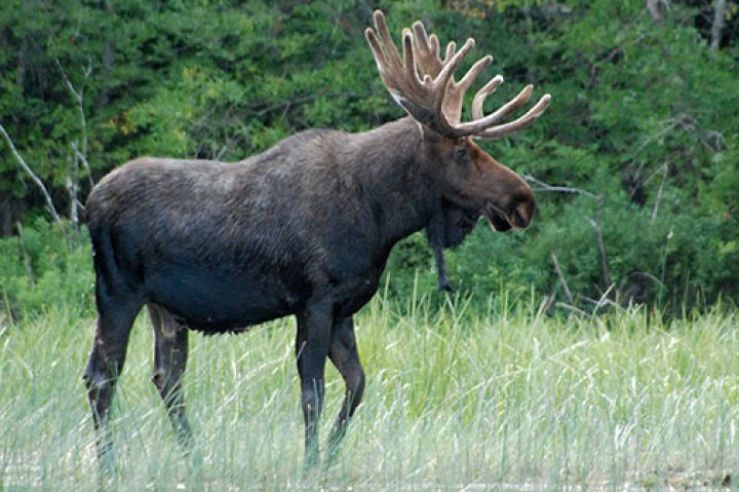
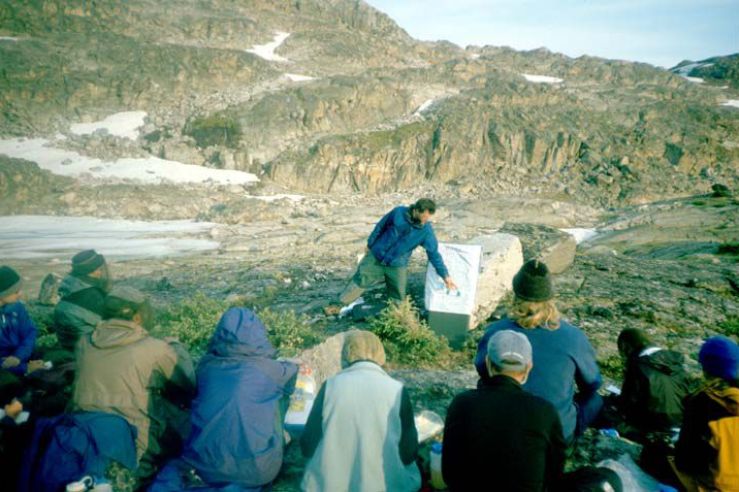
Events
Contact info@wilderness.net to list your upcoming events in 2024! Please share a short description, date, time, location, and an external link to more details.
APRIL
Gila Wilderness 100th Anniversary ART EXHIBITION
April 4 - June 2
Silver City, New Mexico (Light Art Space, 209 W. Broadway St.)
Four Artists Celebrating Wilderness is an exhibition of paintings and drawings featuring four Silver City artists who interpret the Gila Wilderness in their work. Art curated by Paul Hotvedt. The exhibit runs from April 4 - June 2, 2024. Hours: Open Thursday thru Saturday, 11 am to 5 pm; first Friday of the month until 7 pm; Sunday 10 am to 2 pm; and by appointment.
Wildflowers, Wildlife & Wild Area at Lake of the Ozarks State Park
April 26 at 3pm to April 28 at 11 AM CDT
Ozarks State Park, Osage Beach, Missouri (Google Map for Wildflowers, Wildlife & Wild Area at Lake of the Ozarks State Park)
In celebration of the 60th Anniversary of the Wilderness Act, join Sierra Club for spring wildflower and wildlife hikes on three beautiful trails at Lake of the Ozarks State Park. We will see wildflowers on a sunny glade and in a shaded forest. We will see flowering dogwoods on the Woodland Trail including Patterson Hollow which is one of the first designated wild areas in Missouri. In 1977, the Missouri Department of Natural Resources started a program for lands in state parks called Wild Areas modeled after the national Wilderness Act of 1964.
MAY
Wilderness Celebration at the River Park Farmers Market
May 14, 5-9pm
Fresno, California (River Park Shopping Center- 7753 N Via Del Rio)
Join the Sierra National Forest, Sequoia National Forest and Pacific Crest Trail Association for a fun filled event at the River Park Farmers Market. Learn about Leave No Trace, setting up a tent and organizing backpacks, eat some campfire themed food, meet wilderness rangers and get your photo with Smokey Bear and Woodsy Owl.
JUNE
Otter Creek Wilderness Hike to Celebrarte Wilderness 60
June 15, 9am
Elkins, West Virginia
This Sierra Club hike will provide a chance to explore one of West Virginia’s nine wilderness areas. This 9-mile hike will trace Otter Creek from its headwaters as it cascades down the valley, gathering in pools, and then climb to a high point on Shavers Mountain before descending to the starting point. Reservations are required as regulations restrict group numbers. It is possible to stay in a hotel in Elkins or camp in Monongahela National Forest the night before. For further details, contact Chris Craig, ccraig@laurellodge.com or 304-433-1260 and Ken Kendall, kekendall65@gmail.com or 304-433-9537.
AUGUST
World Wilderness Congress
August 25 - 31
Rapid City, South Dakota
The 12th World Wilderness Congress (WILD12), to be held from Sunday, August 25th to Saturday, August 31st, 2024 in He Sápa, the Black Hills, the sacred lands of the Lakota Nation. The event’s host will be the Sicangu Lakota Treaty Council of the Rosebud Sioux Reservation and on behalf of the Oceti Sakowin, the Seven Lakota Council Fires. The choice of host and location is based on an invitation issued by Phil Two Eagle, the Executive Director of the Sicangu Lakota Treaty Council, who expressed a desire to bring the world to the Lakota homelands to “witness what is happening to the land and to listen to it speak.”
WILD12 will emphasize the necessary role of Indigenous leadership and stewardship to meet the 30x30 and Half spatial targets, and it will also include a diversity of other global themes, including: rewilding, especially when involving the reintroduction of bison, biodiversity credits and conservation finance, the conservation of Antarctica, marine wilderness, and more. Also, be a speaker, submit your abstract.
SEPTEMBER
Wilderness Gateway Campout
September 13 - 15
Wilderness Gateway Campground, Idaho
Wilderness Watch is organizing a grassroots gathering of wilderness advocates at the Wilderness Gateway Campground along the banks of the Lochsa River on the doorstep of the Selway-Bitterroot Wilderness in Idaho. The campout will celebrate the idea and ideals of the Wilderness Act, and also explore some of the current challenges facing wilderness, opportunities for strengthening wilderness policy and stewardship, and how people can become more engaged and stronger wilderness activists.
The event is open to the public, and will feature inspirational speakers, group discussions, live music, food, and more. Contact Brett Haverstick at bretth@wildernesswatch.org or 406-542-2048 for questions.
OCTOBER
Wilderness and Beyond Conference
October 14 - 17
Estes Park, Colorado
Join Great Old Broads for Wilderness to celebrate the 60th anniversary of the Wilderness Act AND their 35th anniversary. Activities will embrace their four pillars: Education, Advocacy, Stewardship, and FUN! There will be awesome speakers, panel discussions, fun and stimulating activities, networking opportunities, and a few surprises along the way. They’re going to go big or go home!
And, you won’t want to miss the first ever Hiking Boots Ball, where they will pull out the stops, kick up their heels, and celebrate who they are as Broads as only Broads can celebrate! Come learn, connect, and grow your advocacy skills. Visit their website for more info and to register.



Additional Content
The content for this website was developed by a working group including agency employees, stewardship partners, and Wilderness Connect staff. To suggest edits or content to include, email info@wilderness.net.
